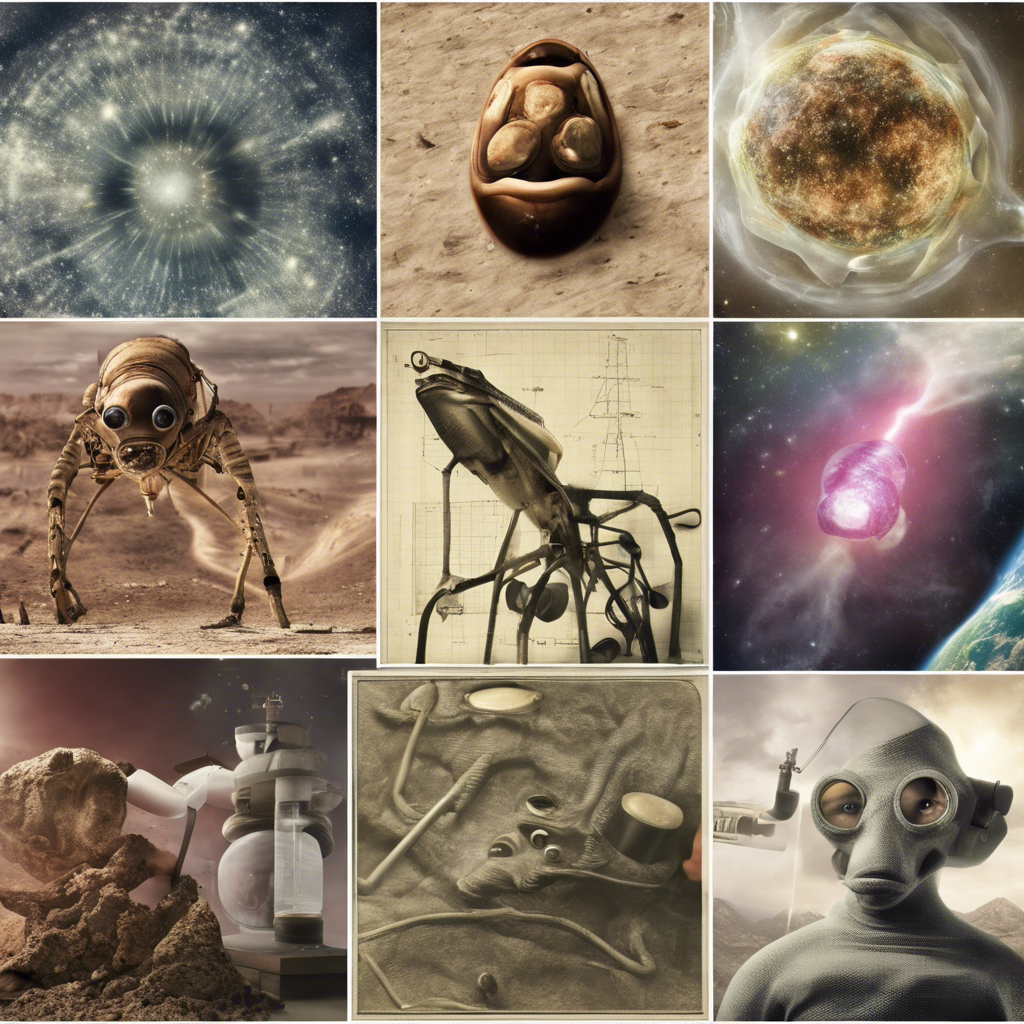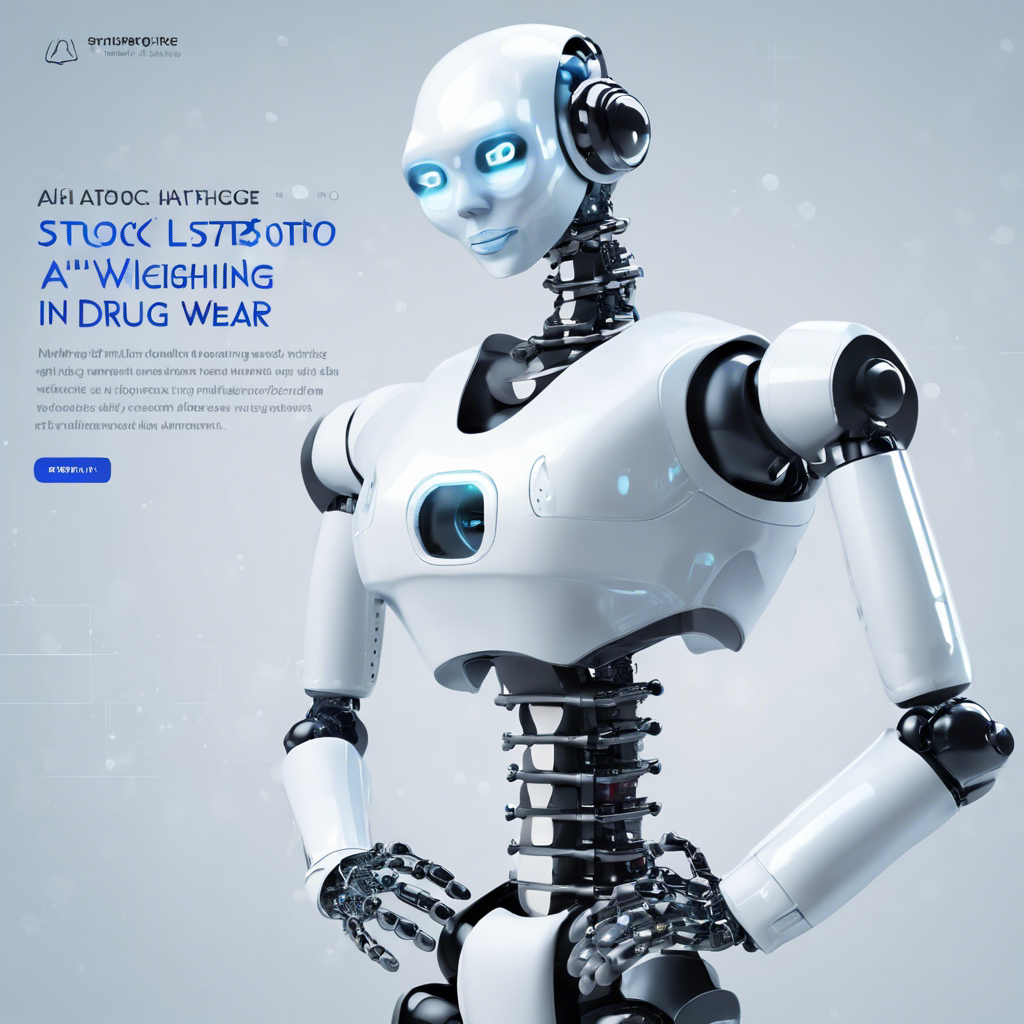Reflecting on a Century of Scientific Innovation and the Need for Global Regulation
As we look back on the past century, it becomes evident how much the scientific landscape has transformed. From groundbreaking discoveries in physics and genetics to the invention of revolutionary materials like plastics, science has continuously pushed the boundaries of our understanding. However, alongside these advancements, the consequences of scientific innovation have become increasingly uncertain. With the recent publication of a paper suggesting that science is becoming less disruptive, it is crucial to examine the evolving nature of scientific progress and the need for global regulation to mitigate potential harm.
The Early Twentieth Century: A Revolution in Physics and Genetics:
At the turn of the twentieth century, physics experienced a revolution. Max Planck’s quantum theory laid the foundation for a new understanding of the microscopic world. Albert Einstein’s groundbreaking papers on the photoelectric effect, Brownian motion, special relativity, and mass-energy equivalence further reshaped our understanding of the universe. Meanwhile, in genetics, Thomas Hunt Morgan’s work with fruit flies revealed the link between genes and chromosomes, setting the stage for modern genetics. Marie Curie’s isolation of pure radium and Raymond Dart’s discovery of the Australopithecus africanus skull further expanded our knowledge of the natural world.
Practical Applications: Plastics and Fertilizers:
Scientific breakthroughs in the early twentieth century also had practical applications that transformed society. In 1907, Leo Baekeland introduced bakelite, a precursor to modern plastics. This versatile material revolutionized industries with its electrical insulation properties, moldability, heat resistance, and aesthetic appeal. Similarly, Fritz Haber’s discovery of ammonia production, commercialized by Carl Bosch, led to the development of fertilizers critical for global food security.
The Changing Scientific Landscape:
The scientific landscape of today would be unrecognizable to scientists from a century ago. Research is now conducted on a global scale, with large, collaborative teams and predominantly industry-funded projects. The dissemination of research has also evolved, with papers being just one aspect of scientific communication. Scientists now bear new ethical, legal, and societal responsibilities, reflecting the changing nature of their work.
Disruption in the Twenty-First Century:
Contrary to claims that science is becoming less disruptive, the twenty-first century has witnessed transformative discoveries. The completion of the human genome sequence in 2001 and the development of efficient gene editing techniques in 2012 opened new avenues for medical research. These advancements enabled the rapid development of mRNA vaccines during the COVID-19 pandemic. Fundamental physicists also made significant breakthroughs, such as the discovery of the Higgs boson in 2012 and the direct detection of gravitational waves in 2015.
The Importance of Global Regulation:
The past century has taught us valuable lessons about the risks associated with scientific innovations. Plastics and artificial fertilizers, once celebrated as game-changers, are now recognized as contributors to environmental pollution. In response, countries have established international agreements to limit the harm caused by these innovations. Talks are underway to address the pollution caused by plastics, while conventions control the production of ammonia to reduce greenhouse gas emissions and eliminate chemical weapons.
Looking Ahead: The Need for Regulation in the Age of AI:
As we navigate the new age of artificial intelligence (AI), it is crucial to establish global regulations. AI technologies, such as large language models and generative AI, have the potential to bring both benefits and harm. Nature has highlighted the challenges posed by generative AI and the lack of regulation surrounding these technologies. Just as nuclear materials, drugs, and vaccines are regulated by globally coordinated agreements, AI must also be governed to prevent disruptive innovations that do more harm than good.
Conclusion:
The ever-evolving scientific landscape demands a proactive approach to regulation. While the past century has seen remarkable advancements, it has also shown us the unintended consequences of scientific innovation. As we move forward, it is essential for the international community to coordinate regulatory responses to new inventions, particularly in the field of AI. By doing so, we can ensure that disruptive innovations are harnessed for the greater good while minimizing potential harm to societies, economies, and the environment. Only through global collaboration and regulation can we navigate the uncertainties of scientific progress in the twenty-first century and beyond.











